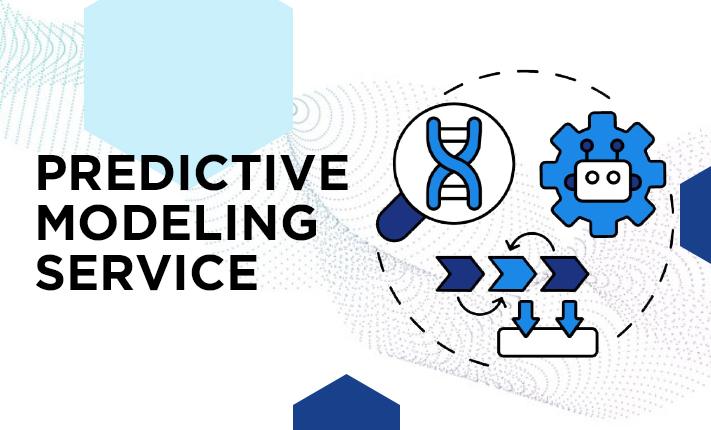Predictive modeling techniques are at the forefront of data science, allowing businesses and industries to forecast future trends and make informed decisions. With the rapid growth of big data, these techniques have become an invaluable asset in a variety of sectors, from healthcare to finance. Predictive modeling is the process of using data, statistical algorithms, and machine learning to predict outcomes based on historical data. In this blog post, we’ll explore some of the most effective Predictive modeling techniques that are shaping the future of data analytics.
What Are Predictive Modeling Techniques?
Predictive modeling techniques are methods used to create models that predict future behavior, trends, and events. These techniques rely on historical data to find patterns, which are then used to make predictions. They are typically employed in fields such as marketing, risk management, fraud detection, and sales forecasting.
Some of the most popular predictive modeling techniques include regression analysis, decision trees, random forests, neural networks, and support vector machines. Each of these methods has its own advantages and is chosen based on the type of data and problem to be solved.
1. Regression Analysis
Regression analysis is one of the most common predictive modeling techniques. It involves identifying relationships between a dependent variable and one or more independent variables. Linear regression, for example, predicts a continuous output variable by establishing a linear relationship between input variables. This technique is ideal for problems where the relationship between variables is linear and the objective is to make predictions about numeric values.
For more complex relationships, multiple regression techniques can be used, allowing businesses to predict outcomes with multiple factors influencing the results. Regression analysis is widely used in industries like finance and real estate for forecasting market trends and prices.
2. Decision Trees
Decision trees are a popular method for predictive modeling techniques, providing clear, visual representations of decision processes. These trees break down complex decisions into a series of simpler choices based on various features in the dataset. Each branch of the tree represents a possible outcome, helping users to easily follow the decision-making path.
This technique is widely used in various applications, such as customer segmentation and fraud detection. One of the most significant advantages of decision trees is that they are easy to interpret and require minimal data preparation.
3. Random Forests
Random forests build on decision trees by creating an ensemble of trees. By training multiple decision trees on different subsets of the data and combining their predictions, random forests tend to deliver more accurate and stable results compared to individual decision trees. These predictive modeling techniques are particularly useful for handling high-dimensional datasets and preventing overfitting.
Random forests are commonly used for classification tasks, such as in medical diagnosis, where they can predict the likelihood of a patient having a certain condition based on a variety of input features.
4. Neural Networks
Neural networks are a powerful tool within predictive modeling techniques, especially in areas like image recognition, speech recognition, and natural language processing. Inspired by the structure of the human brain, neural networks consist of layers of interconnected nodes, or neurons, that process input data and generate predictions.
They are highly flexible and can model complex relationships between variables, making them ideal for tasks involving large amounts of unstructured data. Neural networks are widely used in deep learning, where they help automate tasks that were once reliant on human intuition.
5. Support Vector Machines (SVM)
Support Vector Machines are supervised learning models that use classification and regression techniques to make predictions. One of the key benefits of SVM is its ability to handle high-dimensional data and to separate different classes using hyperplanes. These predictive modeling techniques are often used in classification tasks where the data is not linearly separable.
SVMs are highly effective in fields such as text classification, bioinformatics, and image processing, where they are used to classify items into different categories based on complex input features.
Conclusion
Predictive modeling techniques play a vital role in data-driven decision-making. By choosing the right model for your data and objectives, you can unlock valuable insights that drive innovation and growth. Whether you are using predictive modeling techniques for sales forecasting, risk management, or fraud detection, understanding these techniques is the first step in leveraging data to its fullest potential.
As the data landscape continues to evolve, embracing these techniques will ensure your business stays ahead of the competition, making accurate predictions that drive success in the long run.
Stay updated with our latest news and offerings! Follow us on Facebook, Instagram, and LinkedIn.


